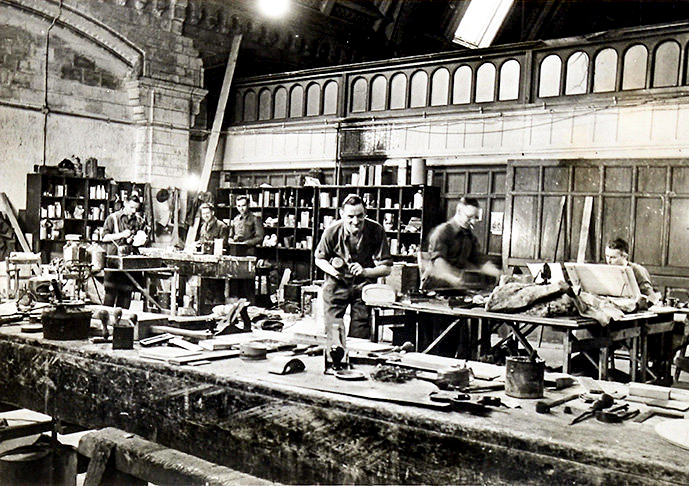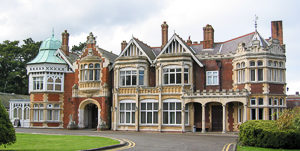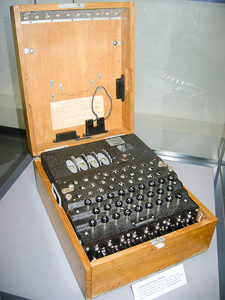I know you’re thinking this blog might be a continuation of our story about Parisian rats (read Paris Therapy Rats here) but it’s not. The rats in this blog post are far deadlier than those running around Paris. I introduced you to Duško Popov in a previous blog (read The Double Cross System here). Double agent Popov was likely the model for Ian Fleming’s fictional character, James Bond. Today, you’ll learn about the secret group set up by the British Special Operations Executive (SOE) and run by movie film and art directors. As you’ll see, the Camouflage Section might just be the model Fleming used for Q Branch.

Did You Know?
Did you know that a professional baseball player was a spy? Most of us are familiar with the war efforts of players like Ted Williams but I’ll bet you don’t know the real story of Moe Berg (1902-1972), a catcher who played for the White Sox, Indians, Red Sox, and finally, the Washington Senators. He retired from baseball in 1939 after a career which saw him bat .243 as a reserve player ⏤ hardly an Allstar performance. Yet, in 1934, Moe traveled to Japan on an All-Star team which included Lou Gehrig, Babe Ruth, and Lefty Gomez. Why would they include a reserve player on a team like this? It was because Moe spoke fluent Japanese and he was a government spy. For most of the trip, he slipped away to take movies and pictures of Tokyo which were used eight years later for the preparation of the Doolittle bombing raid on Tokyo. It also marked Moe’s entrance into the world of espionage. He joined the Office of Strategic Services (OSS) in 1942 and was given covert assignments such as traveling around Europe assessing Germany’s progress in developing the atomic bomb. The purpose of one trip to Italy was to attend a lecture given by Werner Heisenberg, the German scientist in charge of the bomb development. Moe’s instructions included being given the “green light” to assassinate Heisenberg if Moe felt the Germans were close to producing a bomb. They were not and Heisenberg’s life was spared. Moe was awarded the American Medal of Freedom, but he turned it down. After his death, Moe’s sister accepted the medal on his behalf.
Special Operations Executive
The Special Operations Executive (SOE) was officially formed on 22 July 1940 when Winston Churchill ordered Hugh Dalton to “set Europe ablaze.” Churchill loved the idea of spies, espionage, and guerilla warfare. At the time, the British military leaders were against it as it represented irregular warfare tactics, but Churchill knew that undercover covert operations within the occupied countries would be necessary to accomplish the Allied goals, including the eventual invasion of Europe. Each occupied country was represented by a separate SOE department ⏤ France was represented by “F Section.” Approximately 13,000 people worked for the SOE, of which 3,200 or 25% were women. Most of the agents were people who had been driven out of their countries and could blend in easily with the locals. Although the SOE was headquartered at 64 Baker Street, hundreds of properties were requisitioned throughout England and Scotland for training its agents in hand-to-hand combat, parachuting, demolition techniques, commando tactics, and radio-related skills. Read More Explosive Rats


